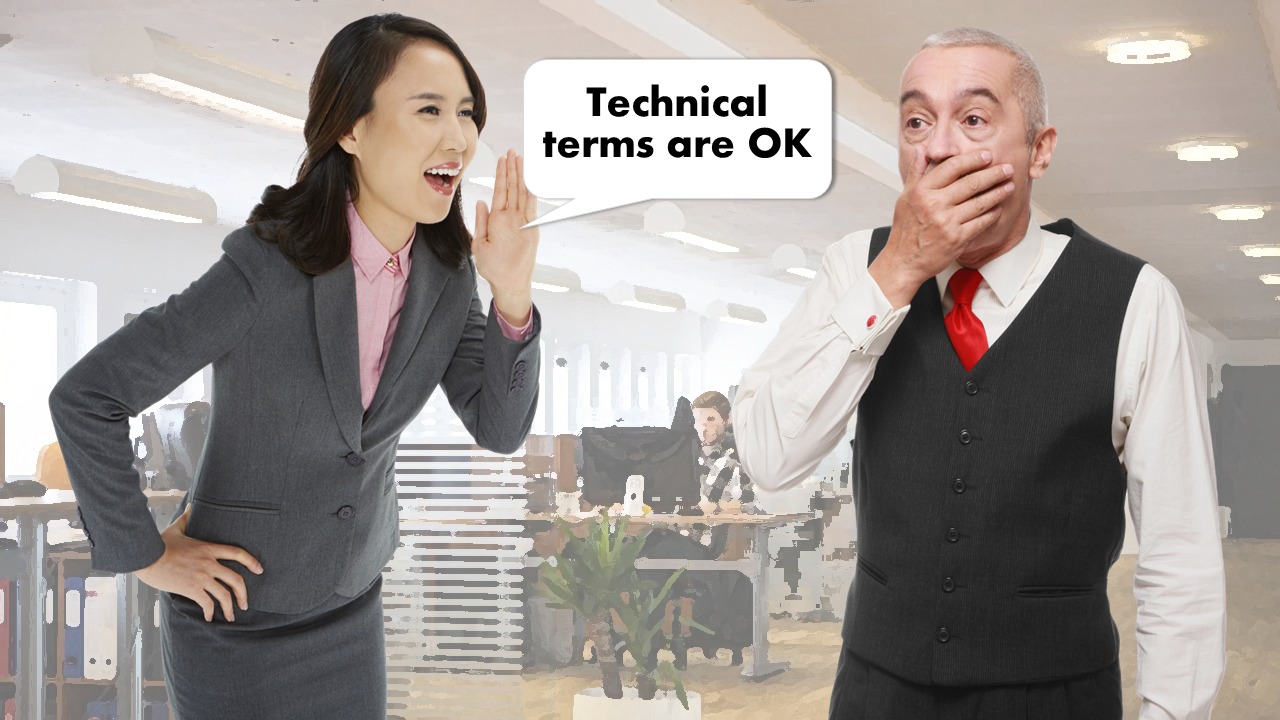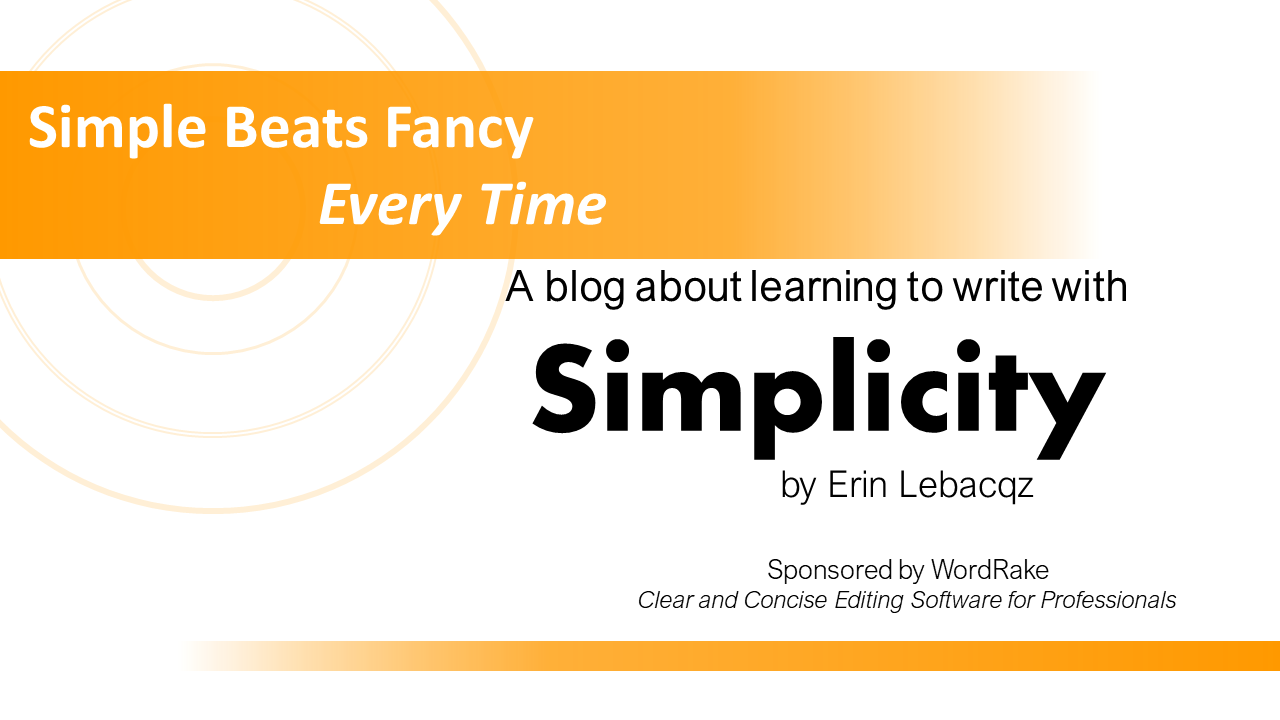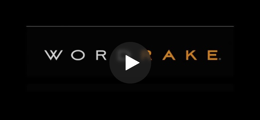As advocates continue to promote the benefits of communicating clearly, questions still arise about how to define plain language. What is plain language, and how do you know if your choices are plain enough? After defining plain language, I’d like to investigate whether jargon and technical language are compatible with plain language.
What Plain Language Is—And Isn’t
First, it is important to understand what plain language is, and what the goals of the plain language movement are. The Center for Plain Language defines plain language as communication with clear wording, structure, and design to help the intended audience to easily find information they need, understand what they find, and use that information. Plain language advocates focus on giving readers what they need.
Legal writing scholar Joseph Kimble has responded to criticisms of plain language for decades. He notes that some critics say that plain language writers focus too much on the surface features of texts, especially on using shorter words and shorter sentences. Attorney Sona Turfler has taken the presence of many plain language guidelines as evidence that plain language proponents want to require lawyers to write in certain ways and not others. But as Kimble, UK plain English advocate Martin Cutts, and others point out, plain language guidelines are just that—guidelines. Because the guidelines reflect the experience, research, and wisdom of practitioners and academics, they are likely to be useful to people who want to communicate clearly. But they are not rules to be enforced strictly in all writing situations.
What Words to Use
With that understanding of guidelines, let’s review some plain-language advice related to word choice and jargon. The US Federal Plain Language Guidelines encourage writers to write specifically for the audience: “Use language your audience understands and feels comfortable with. Take your audience’s current level of knowledge into account. Don’t write for an 8th-grade class if your audience is composed of PhD candidates, small business owners, working parents, or immigrants. Only write for 8th graders if your audience is, in fact, an 8th-grade class.”
Going further, the guidelines exhort writers to “Choose your words carefully,” and to prefer simpler and more familiar words and phrases over more complicated and abstract options. Cutts similarly advises preferring plain words—using “words your readers are likely to understand.” In her book on writing for the web, Janice “Ginny” Redish advises taking a conversational approach with site readers. Using “your site visitors’ words” and choosing plain language can help your website serve its busy readers. These sources and others have tables that compare longer, more complicated words and phrases with simpler, shorter substitutes.
Jargon vs. Technical Terminology
While the authors of these guidelines clearly endorse plain language over jargon, they don’t prohibit writers from technical terms. In his chapter on addressing criticisms of plain language, Kimble states that “Plain language is not subverted by the need to use technical terms. A simple fact punctures overblown claims about the obstacle posed by technical terms: they are a tiny part of most legal and official documents.” The Federal Plain Language Guidelines encourage writers to avoid jargon, but they also state that necessary technical terms “can be useful shorthand within a particular audience and may be the clearest way to communicate with that group.” Redish writes, “If everyone you are conversing with shares your special language, it’s fine to use those words.”
So, what is the difference between jargon and necessary technical terms? A useful technical term helps the audience understand the content, while jargon does not. Legal writing scholar Bryan A. Garner writes that jargon is mind-boggling, bloated, and unnecessary; jargon often shows one’s membership in a particular group but inhibits communication with others. Among Garner’s examples are “legalisms”—such as subsequent to, pursuant to, herein, therein, and hereto—with plain-language equivalents. A funny example of jargon impeding communication appears in the US television series “The Office,” in episode 23 of season 5. New boss Charles Miner asks Jim Halpert for a rundown of Jim’s clients. Because Charles is busy and Jim fears losing face, Jim cannot get Charles to define or show him what a rundown is. Jim flounders through the episode, and we never learn whether his rundown meets Charles’ expectations.
Using Technical Terms Effectively
If you need to use technical language in a document, what should you do? Start by writing for a specific audience. The Federal Plain Language Guidelines suggest researching your audience and testing your assumptions about your audience.
If you need to define a technical term, do so, but work cautiously. Redish advises writers to use plain language, not more jargon, when defining a technical term. Garner and the Federal Plain Language Guidelines advise writers to use fewer definitions, not more. As Garner writes, “Although you might think of definitions as clarifiers, they are often just the opposite—especially when bunched up at the outset of a corporate document.” In websites and many electronic documents, hyperlinks can connect terms with definitions.
Kimble writes that definitions present challenges. “When a writer does need to use a technical term, then they should consider whether to explain it or define it, or provide examples. This decision on how much detail to include is probably the toughest call in drafting. It often depends on who the intended readers are and how difficult or unusual the term is.” While attorneys will not need a definition of indemnify, Kimble notes, consumers reading a rental-car contract probably will.
The distinction between jargon and technical terms remains important. Used appropriately, technical terms help readers understand a message. Jargon shows a writer’s membership in a group, but it usually confuses readers more than it helps them. This brief review of plain language guidelines shows that technical terms are compatible with plain language. This review also reminds us that plain language is not about using shorter words and shorter sentences for their own sake; plain language helps writers communicate with specific audiences. Appropriate technical terms can help readers understand and use information more effectively.
About Russell Willerton
Russell Willerton is a technical writer and a professor of technical communication. He earned his Ph.D. in technical communication and rhetoric from Texas Tech University. Currently, he teaches for Kennesaw State University. His book is Plain Language and Ethical Action: A Dialogic Approach to Technical Content in the Twenty-First Century (Routledge, 2015).









